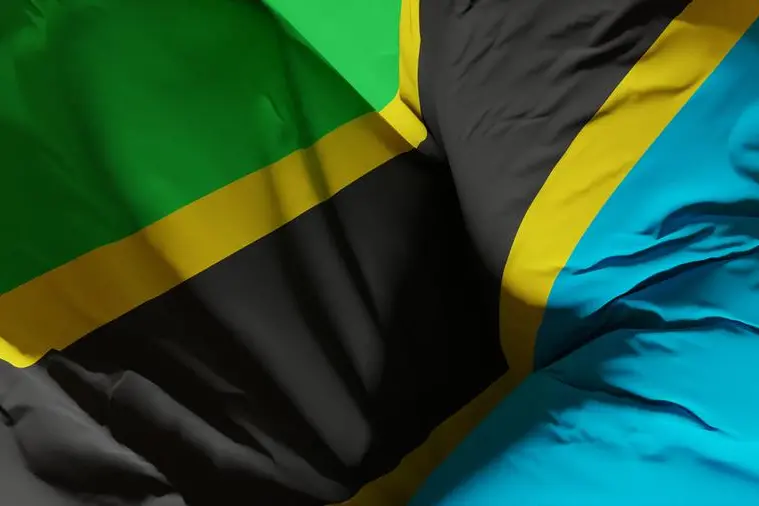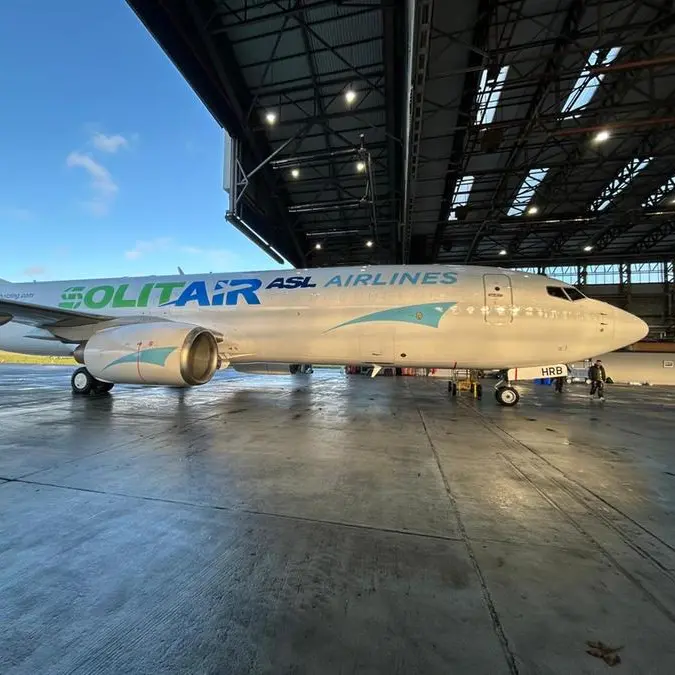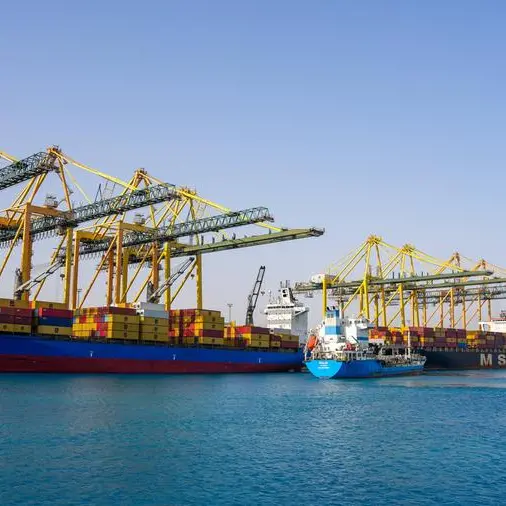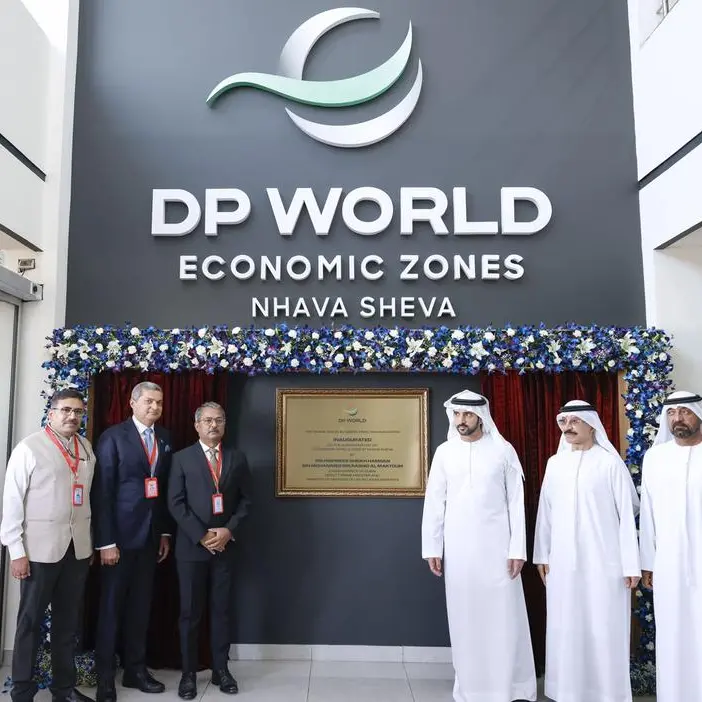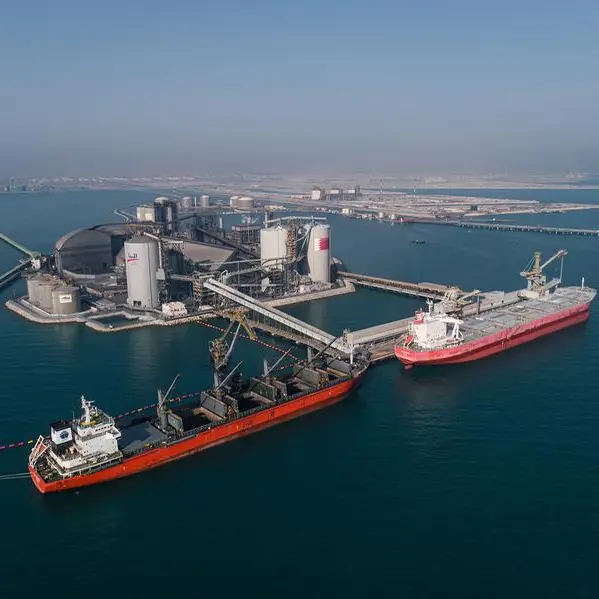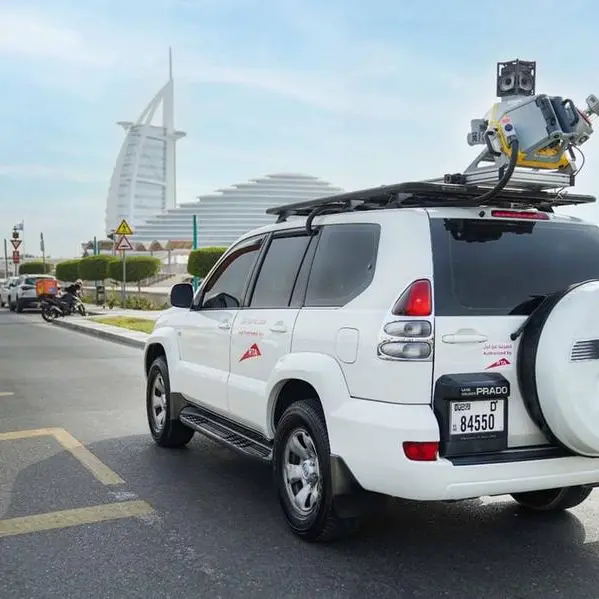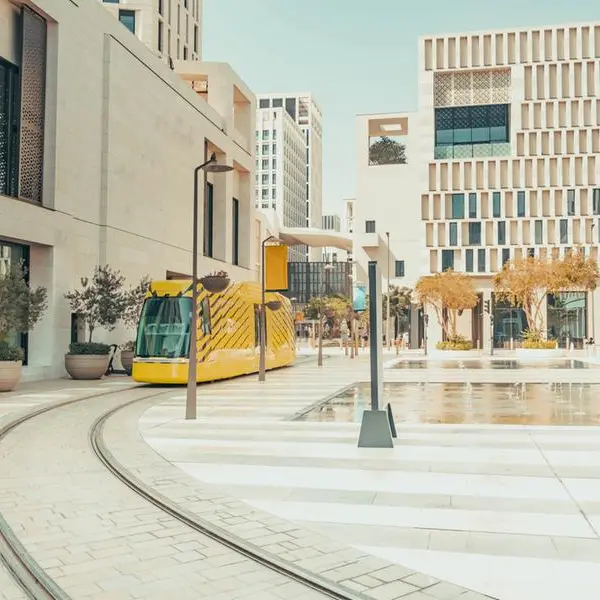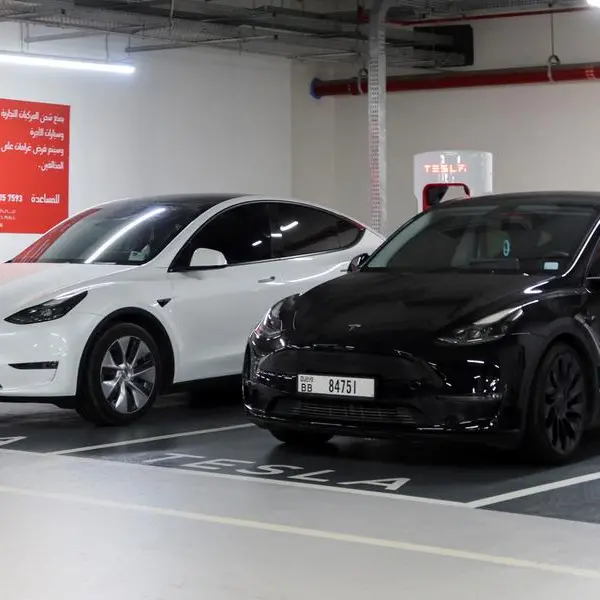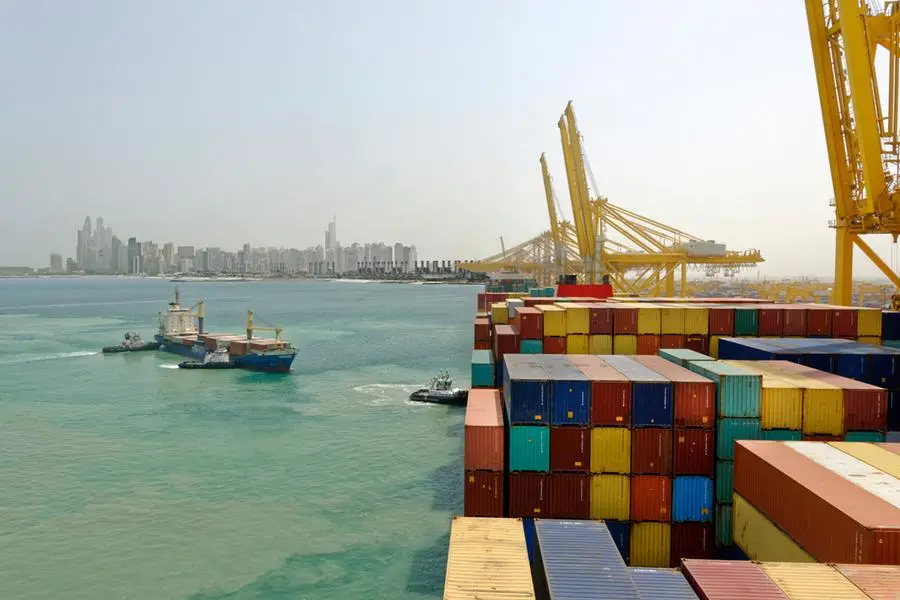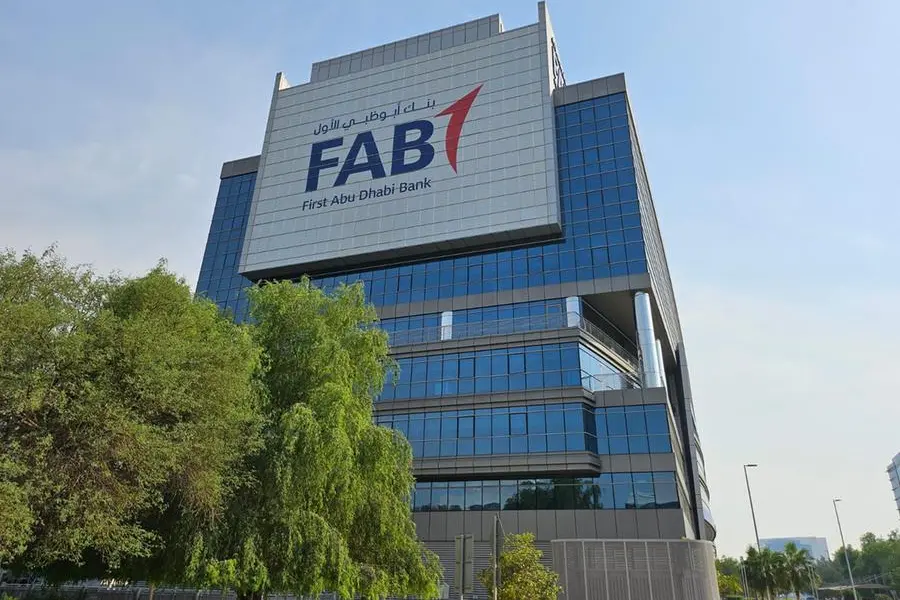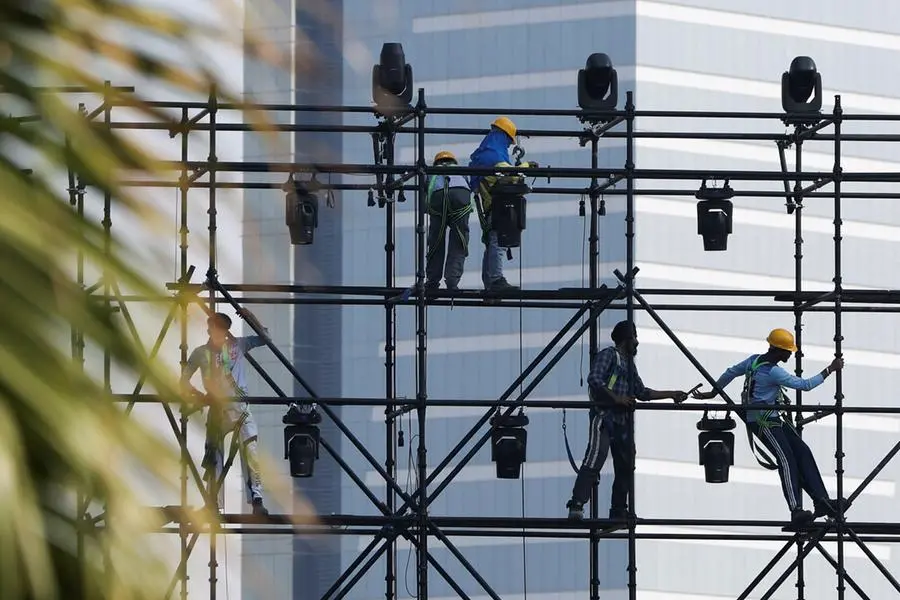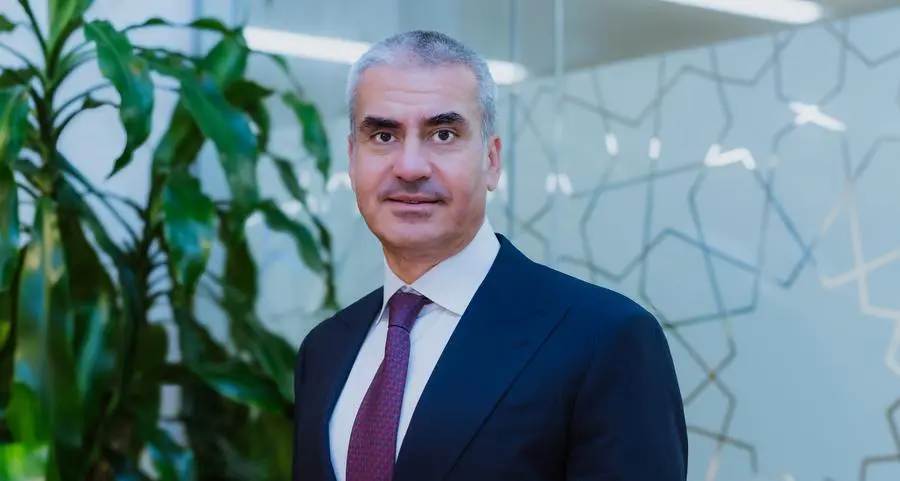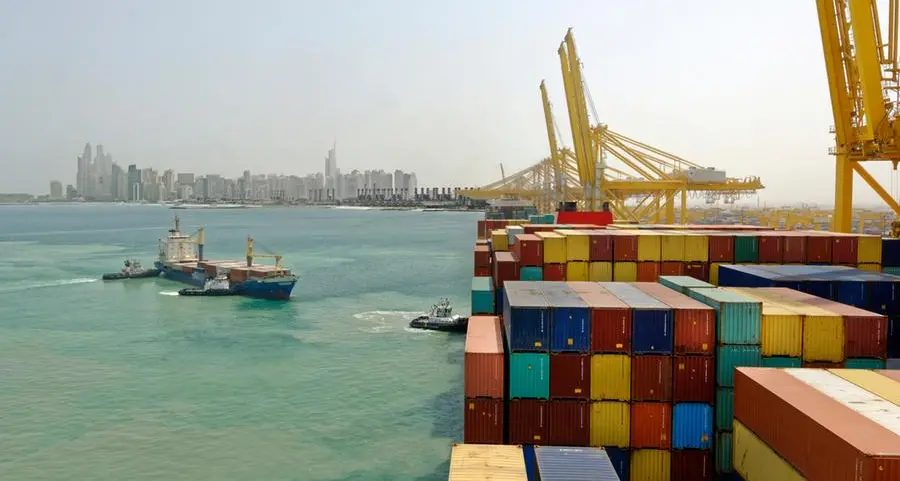PHOTO
Flag of Tanzania. Getty Images Image used for illustrative purpose.
Transporters between Mombasa and Bujumbura are yet to fully utilise the Voi-Taveta/Holili-Arusha-Singida road network, which forms part of the trunk road between the two cities, because Tanzania continues to drag its feet in geofencing the Arusha-Singida stretch.
A road is geofenced when it has inspection points and cargo passing through it can be tracked electronically for taxation and avoidance of dumping of goods.
Geofencing guards against theft and loss of cargo while in transit.
The highway, covering 1,545km, was completed in 2018, and is meant to reduce the transit distance from Mombasa to Bujumbura on the Northern Corridor by 358 kilometres.
It is part of the East African Community (EAC) Regional Road Network Programme meant to boost cargo through Arusha to other EAC member states in the Great Lakes.
Truckers accuse the Tanzania Revenue Authority (TRA) of laxity in geofencing the road, but some observers blame it on the insidious competition for business between Mombasa and Dar es Salaam ports.
The Kenya Revenue Authority (KRA) has geofenced the Voi-Taveta side.
If the corridor increases efficiencies, then importers and exporters in some parts of Tanzania, and Burundi and DRC might prefer Mombasa to Dar es salaam as their port of choice.“We are caught up between the regional ports scramble for business, and that is why we can’t ferry goods past the Taveta One-Stop Border Point as, past there, the goods would not be tracked and would therefore be declared stolen,” explained Hamisi Juma, a Mombasa transporter.
The Northern Corridor Council of Ministers have petitioned Tanzania to allow cargo headed for Burundi, Rwanda, and DRC to pass through its borders to shorten the transit time and reduce costs.
The ministers recently met in Kenya and, in a joint communique, said they had directed the Northern Corridor Transit and Transport Coordination Authority (NCTTCA) secretariat of the “to initiate measures towards promoting the use of roads through Tanzania that link Burundi, Rwanda and DRC through Taveta to the Port of Mombasa.”“This will not only reduce costs of transport but also increase Mombasa Port throughput,” said the council was chaired by Uganda’s Works and Transport minister Katumba Wamala.
If it is opened to transit goods transporters, Northern Corridor-bound trucks, which have traditionally had to take the longer route from Mombasa through Uganda to Rwanda, Burundi, and DRC, will cut their travel distance by 23 percent.
The East African Community Customs Union requires that trucks ferrying imported commodities be tracked using the Regional Electronic Cargo Tracking System.
Currently, truckers that opt for the short Taveta-Holili route have to deposit a “bond” for the cargo at the Mombasa port, submit it at the border, wait for its cancellation, then institute another one for Tanzania, a process that takes at least three days.“That is why it is important that the section from Holili be geofenced,” said NCTTCA executive secretary Omae Nyarandi.“There’s a section of about 21 kilometres that has not been geofenced.”The route has attracted other projects meant to decongest Mombasa port, including development of Voi dry port in Taita-Taveta County.
The dry port is projected to boost cargo transit to Tanzania and Burundi thorough Holili Singida-Kobero border and finally to Bujumbura.
Heztech Engineering Ltd was awarded contract to carry out feasibility study for the port, which will also benefit locals, and cut down cost of transport to northern Tanzania and Burundi. ©
Copyright 2022 Nation Media Group. All Rights Reserved. Provided by SyndiGate Media Inc. (Syndigate.info).
